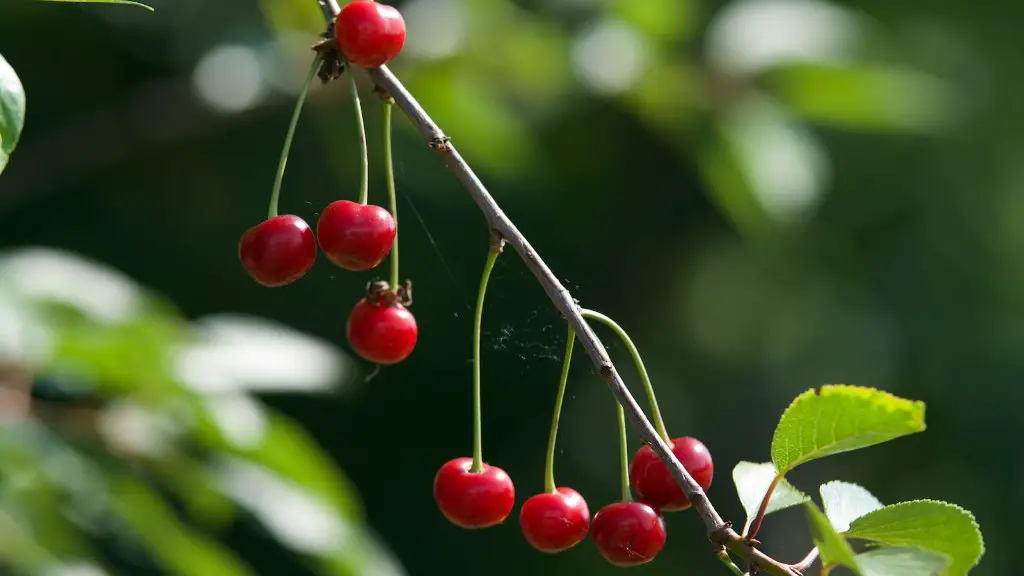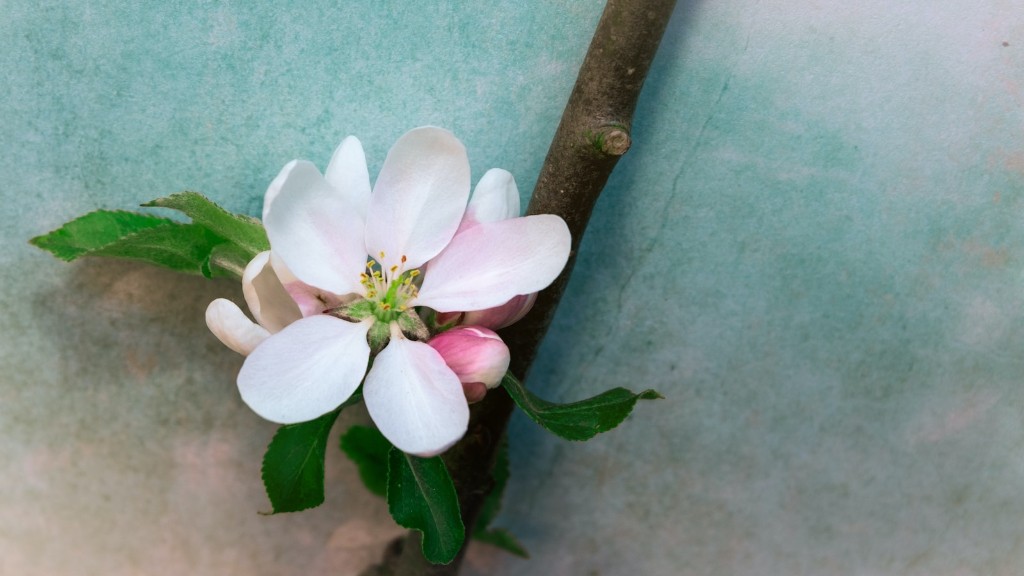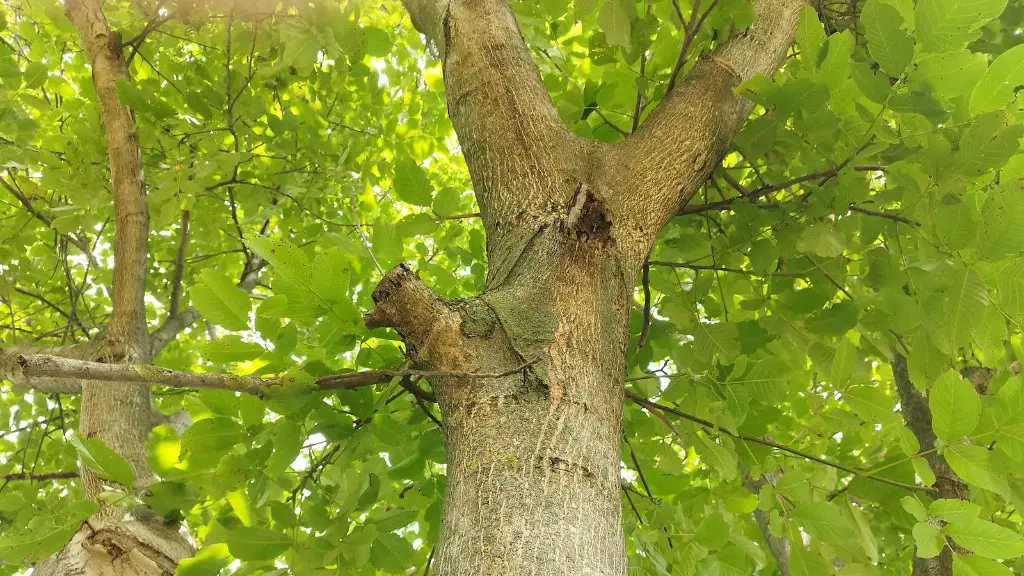The cherry tree is one of the most popular types of trees found in yards across the world, providing beautiful blossoms in the springtime and refreshing fruit in the summer. It requires regular pruning to keep its branches healthy, flowering well, and producing quality fruit. But with so many different methods for pruning a cherry tree, when is the right time to do it?
When it comes to cherry tree pruning, the most important thing is timing. If done too early or late, the tree may not give its best yields and risks disease. Generally speaking, the best time of the year to prune a cherry tree is in late winter, shortly before the buds burst and begin to form the new season’s crop.
In the winter months, trees are not actively growing, so pruning at this time will not stress the tree, as it might during the late spring and summer months when growth is happening faster. This will also ensure that the tree doesn’t have to re-allocate resources from its buds and the new fruits that are forming. Pruning in the fall is usually not recommended, as it happens after the tree has already stored its energy for the upcoming dormancy period.
When late winter arrives, it’s a good idea to prune back the dead and diseased branches, as well as weak shoots and any crossing branches. Lower branches that are stealing nutrients and light from the tree should be removed, as well as any root suckers taking energy from the main tree. All of these will reduce the nutrient availability for the tree, and can leave it weak and prone to disease.
To prune back the blooms, it is recommended to only trim the tips by a few inches. This will encourage the tree to produce more, but longer lasting blooms when the season comes. The same can be done for small shoots, as well as for larger branches, but with a more cautious approach- cutting too much can shock the tree and cause diseases.
When pruning the fruit-bearing branches, it is important to be gentle. Unlike blooms, fruit-bearing branches have to remain on the tree for the whole season, so cutting off too much, even a few inches, can lead to low yields. Instead, trimming the tips can help encourage a bushier tree and help the fruit-bearing branches last longer and provide more fruit.
Overall, pruning a cherry tree can be a little tricky and it is important to keep in mind that each variety of tree will have a different way of being pruned. Consulting a local arborist or reading up on pruning guides can help make sure that the tree is pruned correctly, thus ensuring healthy growth and bountiful harvests.
Thinning Branches
Thin branching is essentially what it sounds like – removing the extra and/or unproductive smaller growth and branches that are obstructing the main shoot. This type of pruning is beneficial for cherry trees as it ensures better air flow and more light for the tree, which helps with the overall health and productivity. When thinning branches, it is important to avoid cutting too close to the trunk, as this could induce shock and reduce the tree’s ability to produce blooms and fruits. Cutting at an angle close to a larger branch is the best way to thin.
Pruning the Roots
As important as pruning the branches of a cherry tree is, many people forget about the roots! Pruning the roots can help keep the tree in check and prevent it from becoming root bound. The best time to prune the roots is when the tree is still young and actively growing. This can be done by digging up the soil surrounding the tree, exposing the main roots, and carefully cutting the larger, unproductive ones. It is important to avoid cutting the maintap root, as this is the main connection to the tree’s nutrition.
Tools for Pruning Cherry Trees
Pruning a cherry tree requires the right tools to ensure that the job is done correctly. Pruning tools, such as loppers and pruners, should be sharp and clean to avoid any damage to the tree. If the tools are not sharp enough, they can pull, rip and tear the branches, leaving them prone to diseases. Disinfecting the tools after use is also important, as this helps to reduce the spread of any potential plant infections.
Maintaining Healthy Cherry Trees
Pruning cherry trees is not a one-time endeavor – it is something to be done regularly to keep the tree healthy. Inspecting the tree every few months and pruning any dead, diseased, weak or crossing branches can help to ensure that the tree does not become too crowded, and is not being deprived of any essential nutrients. Pruning is also important for encouraging the growth of new blooms and fruits year after year.
Fertilizing Cherry Trees
To ensure that a cherry tree is producing high-quality fruits and has enough nutrients, it is important to fertilize it regularly. Organic fertilizers, such as composted manure and bone meal, can be used to provide essential nutrients to the tree. For young trees, fertilizer can be applied in the spring and fall; for mature trees, a spring fertilizing is recommended. It is also important to add a layer of mulch to protect the tree’s roots and help it retain moisture.
Limiting Pesticide Use
In order to keep a cherry tree healthy and productive, it is important to avoid any overuse of pesticides. Pesticides may be necessary in severe cases, but should be used sparingly, as they can have a negative impact on the environment, birds and other wildlife. Instead, keeping the tree pruned and healthy should be the priority.
Watering Cherry Trees
Water is essential for any plant, and cherry trees are no exception. During periods of drought or intense heat, or when the tree’s roots are too shallow, providing regular, deep water is essential. Water should be applied in the mornings, to avoid any water loss due to evaporation. During fruits formation, extra water can be beneficial, as it helps to keep the fruits plump and juicy.



